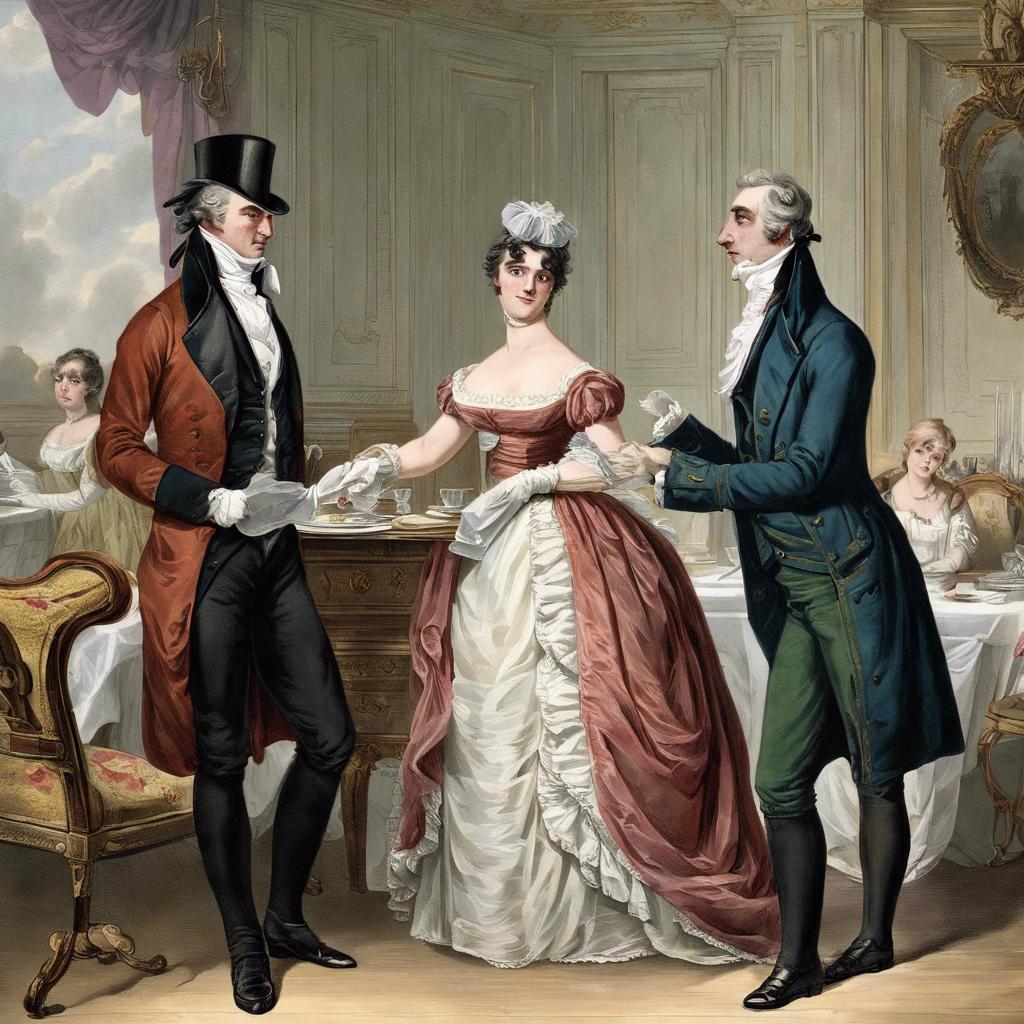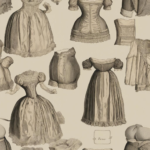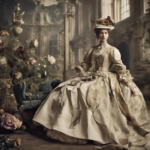During the Regency era, spanning from 1811 to 1820 in Britain, a unique set of values and customs emerged that shaped the society of the time. This period, marked by the rule of King George IV and the influence of the Prince Regent, saw a shift in social norms, politics, and cultural attitudes. Understanding the values that defined this era is essential for gaining insight into the mindset of its people and the dynamics of their society. In this article, we will delve into the core values of the Regency era and explore how they influenced the lives of those who lived during this transformative period.
Step Into the World of Cheryl Bolen
Dive into the enchanting stories of love, intrigue, and elegance set in the Regency Era. Cheryl Bolen's novels offer timeless romance and captivating tales that will leave you wanting more.
Explore Cheryl Bolen's Books Now
Heading 1: The Importance of Etiquette and Politeness in Regency Society
During the Regency era, etiquette and politeness were highly valued in society. It was expected that individuals conduct themselves with grace and dignity, following a strict code of behavior in their interactions with others. Etiquette served as a way to maintain social order and show respect for one’s peers.
One of the key aspects of Regency society was the importance placed on proper manners and decorum. This included how one addressed others, how they presented themselves in public, and how they engaged in conversation. Politeness was seen as a reflection of one’s character and upbringing, with those who exhibited good manners being held in high esteem.
Additionally, adhering to etiquette guidelines helped individuals navigate the complexities of social interactions and avoid potentially embarrassing situations. By following established customs and protocols, people could demonstrate their respect for others and uphold the values of the Regency era.
Heading 2: Upholding Virtue and Moral Values in Regency Era
During the Regency Era, upholding virtue and moral values was of utmost importance in society. **Honor** and **integrity** were highly prized, and individuals were expected to conduct themselves with **decorum** and **propriety** in all aspects of their lives.
One key aspect of maintaining virtue during this time was adhering to **social norms** and **etiquette**. **Respectability** was crucial, with individuals expected to behave in a manner that reflected positively on their family and social standing. This often meant following strict rules of behavior and engaging in **polite conversation**.
Furthermore, **charity** and **compassion** were considered essential virtues in the Regency Era. It was common for individuals to support charitable causes and provide assistance to those less fortunate. Acts of **kindness** and **generosity** were highly regarded and helped to strengthen the fabric of society.
Heading 3: Navigating Social Hierarchy and Class Divisions in the Regency Period
In the Regency period, navigating social hierarchy and class divisions was of utmost importance. The societal structure was rigidly stratified, with individuals being placed into different classes based on factors such as birth, wealth, and occupation. Understanding and adhering to the norms of the time was essential for social acceptance and success.
Values
During this era, certain values were highly esteemed among the upper classes. Politeness, elegance, and decorum were considered essential traits, while honesty, integrity, and loyalty were also prized. Respect for one’s social superiors and strict adherence to societal norms were expected, with any deviation being looked down upon.
In order to maintain one’s place in society, it was crucial to adhere to the established conventions of the time. This included dressing appropriately for one’s station, observing proper etiquette, and engaging in suitable pastimes. Social events such as balls, dinners, and teas provided opportunities for individuals to display their manners, wit, and social graces, further cementing their status in the social hierarchy.
Heading 4: Embracing Elegance and Refinement in Regency Fashion and Decorum
In the regency era, elegance and refinement were highly prized values in both fashion and decorum. Regency fashion was characterized by delicate fabrics, empire waistlines, and intricate embroidery. Women’s clothing featured high necklines, flowing skirts, and intricate accessories such as gloves, ribbons, and parasols. Men’s fashion, on the other hand, included tailored coats, waistcoats, and cravats, all designed to showcase their status and sophistication.
Regency decorum also played a significant role in society during this period. Etiquette and manners were paramount, with strict rules governing behavior in social settings. Politeness, grace, and charm were expected of individuals in all interactions, whether at a ball, a dinner party, or a casual gathering. Respect for hierarchy, proper speech, and adherence to social norms were all essential components of regency decorum.
Embracing elegance and refinement in regency fashion and decorum was not only a matter of aesthetics but also a reflection of one’s social standing and character. By adhering to the values of the regency era, individuals demonstrated their sophistication, cultural awareness, and respect for tradition. Whether through their clothing choices, their manners, or their social interactions, those who embraced elegance and refinement in regency fashion and decorum were seen as pillars of society, admired and respected by their peers.
Final Thoughts
the regency era values not only shaped the society of the time, but also continue to influence our understanding of morality, etiquette, and social hierarchy. By studying and reflecting on the values of this period, we gain insight into the complexities of human nature and the evolution of societal norms. As we navigate our modern world, we can look to the lessons of the regency era to inform our own values and behaviors. The legacy of this era reminds us of the importance of integrity, respect, and civility in our interactions with others. Let us strive to uphold these timeless values in our own lives, honoring the traditions of the past while embracing the progress of the present.


